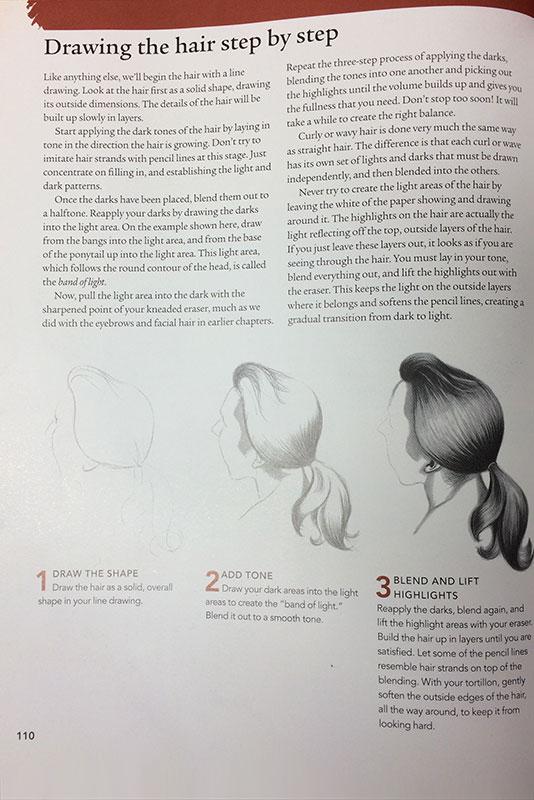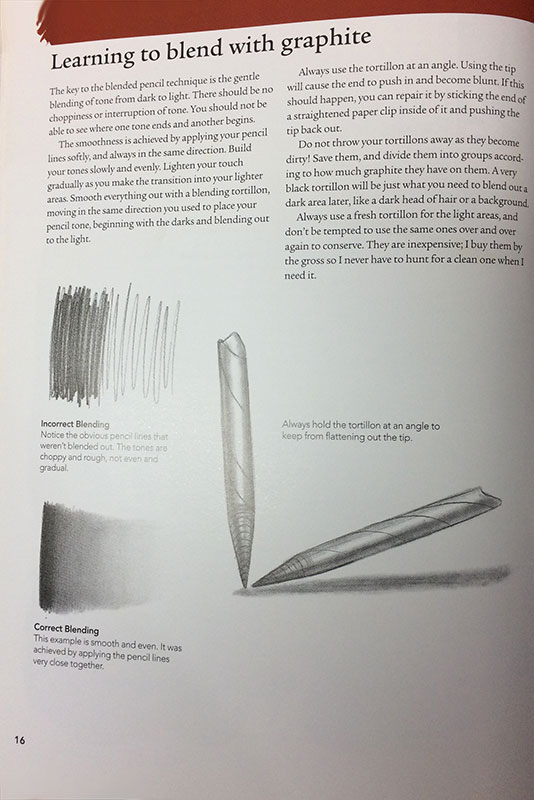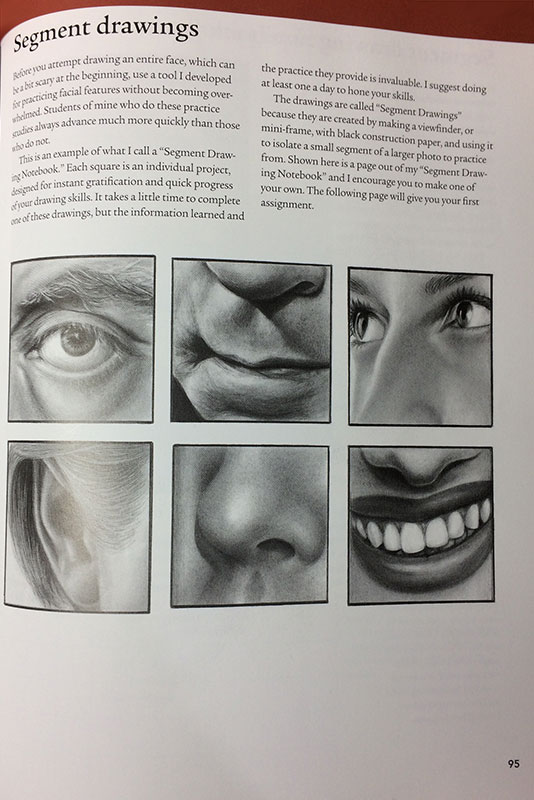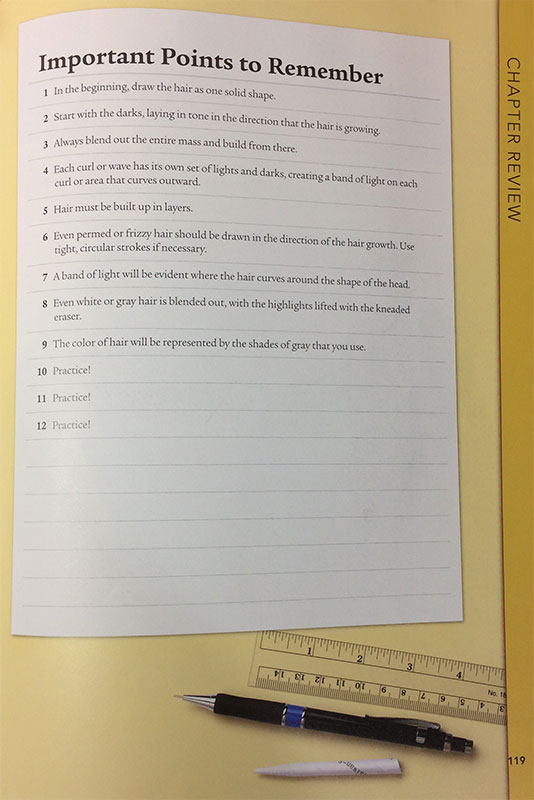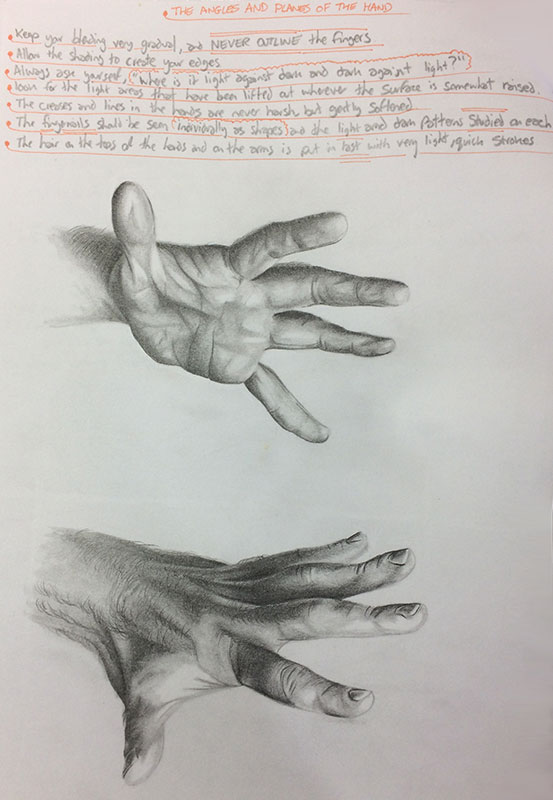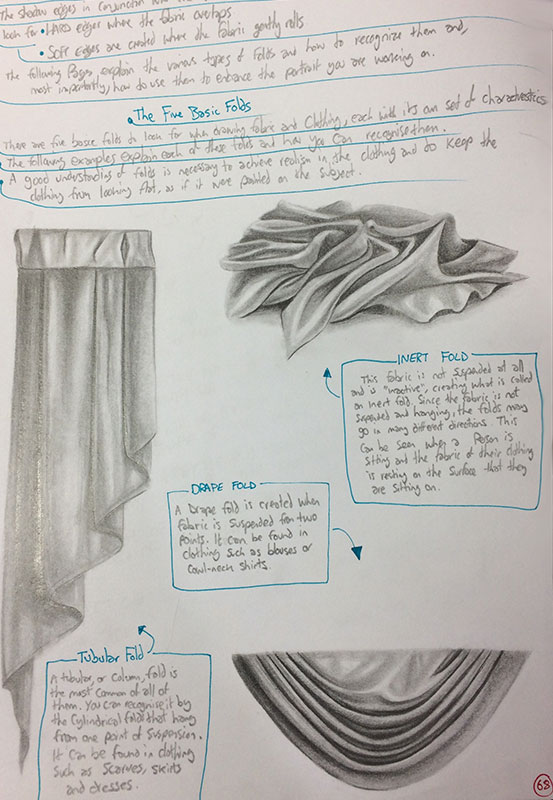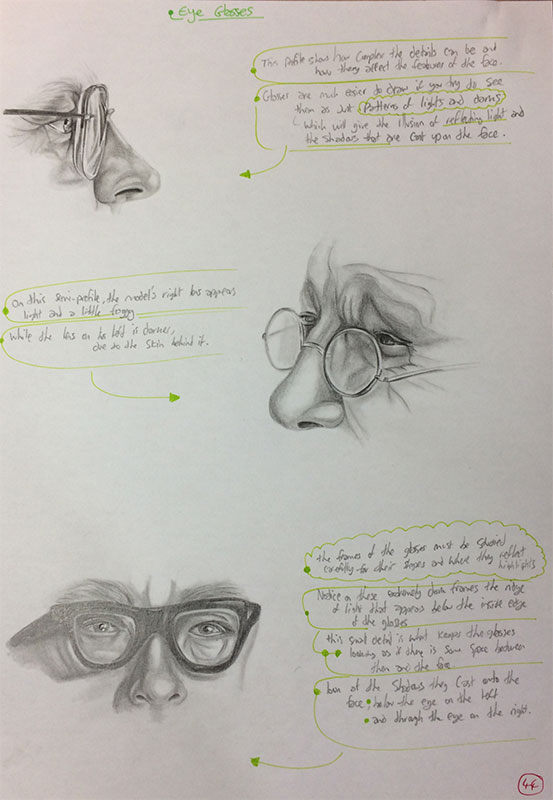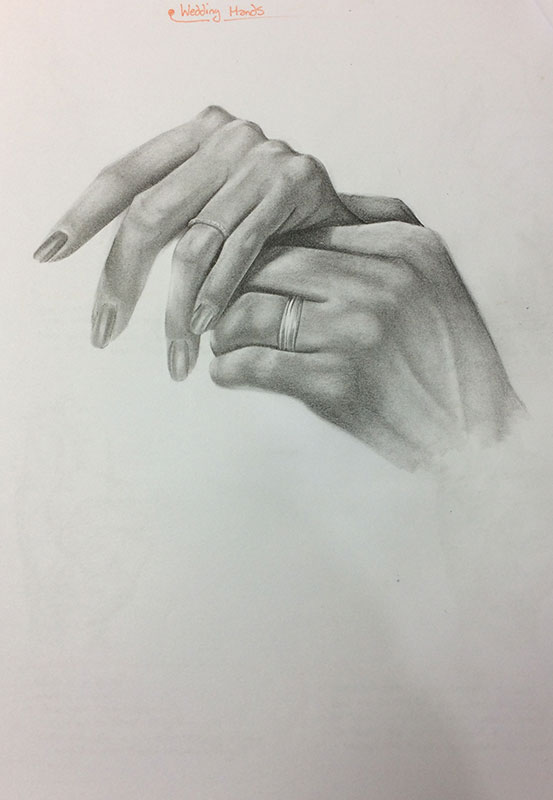HOW TO DRAW LIFELIKE PORTRAITS FROM PHOTOGRAPHS by LEE HAMMOND • ART BOOK
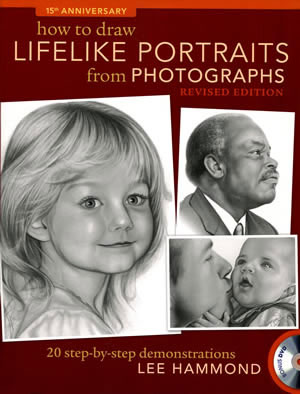
“The book that really improved my realistic drawing skills!”
TITLE | HOW TO DRAW LIFELIKE PORTRAITS FROM PHOTOGRAPHS
AUTHOR | Lee Hammond
PRICE | £17.99
SYNOPSIS | “Featuring all new step-by-step demonstration that will have you drawing your best portraits yet. Lee Hammond’s secret to success? The ‘Hammond Blended Pencil Technique,‘ a proven method of shading and blending that captures the soft tones and dimensional shapes of skin, hair and clothing.”
WHOSE THE BOOK AIMED AT?
Anyone with a desire to draw realistic portraits. It doesn’t matter the skill level, as Lee Hammond offers detailed step by step guides, you can go as fast or as slow as you see fit. I started the book in September 2013 and finished studying from it the last week of April 2014. I saw such a massive improvement in the quality of my work during this time, I would go as far as to say, this book is where I had my most progress as an Artist so far.
LIST OF CHAPTERS
- You Can Do It! Here’s Proof…
- Blending: The Key to Realistic Portraits
- Drawing the Nose
- Drawing the Mouth
- Drawing the Ear
- Drawing the Eyes
- Putting It All Together
- How To Draw Hair
- How To Draw Clothing
- How To Draw Hands
- Composition, Backgrounds and Special Effects
WATCH THE DVD FIRST!
There is a DVD included with this book, that’s stuck to the inside of the back cover. I made the mistake of not giving it any attention for a few weeks, but when I randomly watched it one day I realised I hadn’t been blending quite right for weeks; I’d been holding the Tortillions slightly wrong.
It’s one of those things you have to see the master doing with your own eyes to truly get it, words are not enough. After watching the DVD, I saw an improvement in my shading. So I would say, watch the DVD during the first chapter :)
FAVOURITE CHAPTER
Chapter 8, How To Draw Hair. Since starting to draw, I’ve realised I adore drawing hair! I find it such a freeing and exciting part of realistic drawing. Lee Hammond shows you a little three step technique in this chapter that is so cool at creating lovely looking hair. Basically, it involves going dark, then adding highlights with an eraser, blending, then going dark, then adding highlights, then blending … just repeating this 3 step process over and over until it looks really nice and full. She also said something along the lines of, when you think you’re finished with the hair, you’re only half way there. In other words, Hair takes a long time, and just keep repeating this three step process, even when you think you’re finished :)
EXAMPLES PAGES
The following photos show pages from the book, to give you a feel for how the book is set out.
FAVOURITE EXERCISE
This is the book that introduced me to Segment Drawing, now one of my recommended drawing exercises. It’s nearly 2017 as I write this, and I still to this day do daily segment drawings, a collection of which can be seen in my Sketchbook section. These little exercises are the perfect way to practice your realistic drawing skills, without having to commit to a full on drawing. I adore Segment Drawing, they’re so fun but you will see such an improvement in all areas of your drawing skills, that they soon become addictive!
EXAMPLE DRAWINGS
The following photos show some of my drawings, from the books various exercises / drawings.
STOCK UP ON TORTILLIONS
Tortillions are the things you’ll be using to create a nice smooth blend, so you’ll want to make sure you have a pile of them ready for action :) I’m constantly finding dirty ones all over the place, I have so many of them. They seem to get everywhere lol
CONCLUSION
What I loved most about this book, was it’s structure. Flowing beautiful from start to finish, Lee Hammond trickles just enough new information your way with each page, meaning, it never feels overwhelming. I personally found her style to be very easy to understand, with inspirational exercises to complete that made for a fun break from the studying. The most important thing; I saw massive improvement in my artwork in a relatively short period of time of only seven months.
Early on I remember turning a page and seeing a grid like system and thinking, “What, Noooo! I don’t want to draw like that”. At the time I thought drawing with a grid was somehow not proper drawing. I reluctantly drew a grid anyway, started plotting the facial features as Lee Hammond described … and fell in love.
Just because you’re using a grid, doesn’t mean you’re not drawing, that’s what I thought before trying it. I use this method now to grid the lineart of my portrait drawings at the very start, then go el natural afterwards :) I wouldn’t use a grid for figure drawing or stuff that needs to be expressive, but if you need 100% pinpoint accuracy, it makes sense to use a grid. Since using a grid, I’ve seen an improvement in my proportions when not using a grid in my sketchbook, so it’s a good way of improving your accuracy. This book made me realise you’ve got to try everything before you judge it and be very open minded when learning.
Each chapter also finishes with a big list of ten to twenty important points to remember. These are really useful tips, I recommend jotting them down and keeping them handy for the future, as they offer just enough information to jog your memory. If you have a desire to draw realistic portraits, I highly recommend this book. It worked for me, and if you follow the steps outlined in this book, it will work for you too.
That’s a Sophie promise :)
REPETITION IS THE KEY TO LEARNING, PRACTICE IS THE KEY TO SUCCESS
– Lee Hammond

